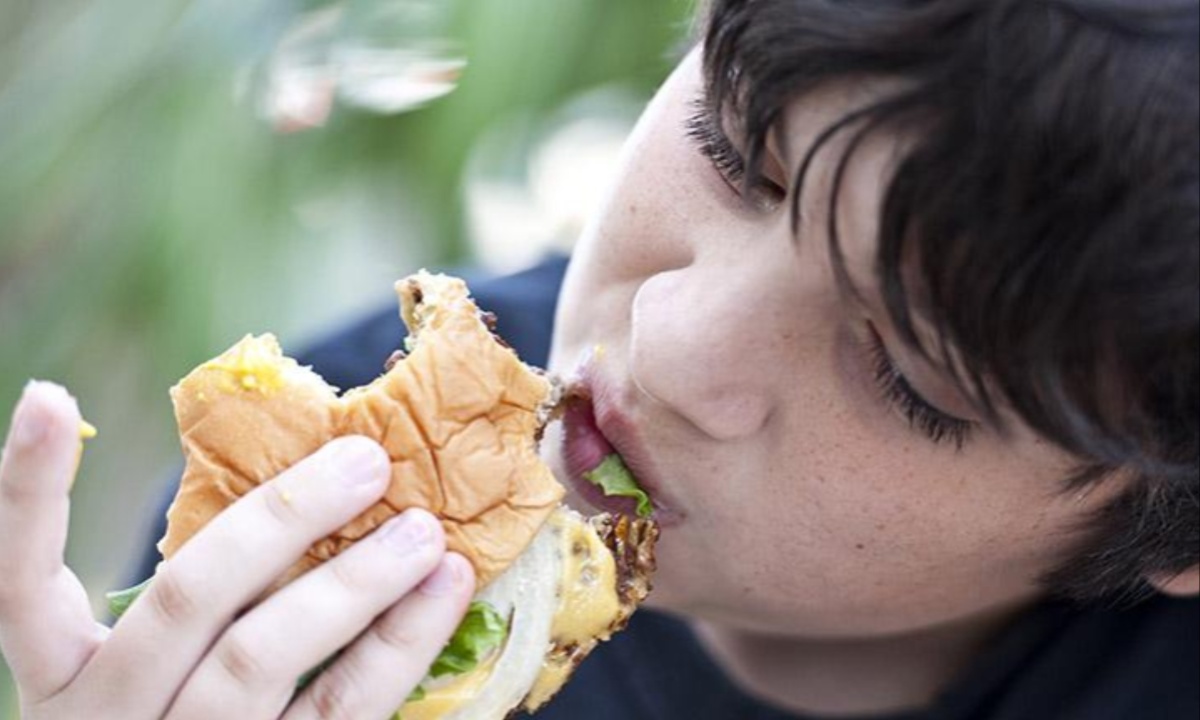Research indicates that UK adolescents obtain almost two-thirds of their daily caloric intake from ultra-processed foods (UPFs), with higher consumption rates among those from economically disadvantaged backgrounds.
This conclusion is based on an analysis of food diaries from nearly 3,000 participants aged 11 to 18, spanning from 2008 to 2019, as part of the UK National Diet and Nutrition Survey. Despite a minor reduction in UPF consumption from 68% to 63% over the study period, the data reveals that adolescents in the UK consume more UPFs compared to other age groups.
Dr. Yanaina Chavez-Ugalde of the University of Cambridge, the lead author of the study, emphasized the critical need to address the prevalence of UPFs in the diets of adolescents. She highlighted adolescence as a pivotal stage where individuals begin to make independent dietary choices that can establish long-term health behaviors.
Although she acknowledged that UPFs could have a place in the diet, she recommended that their intake should be significantly lower, suggesting a target closer to 20% of daily caloric intake rather than the current two-thirds.

Research Shows UK Adolescents Consume Nearly Two-Thirds of Daily Calories from Ultra-Processed Foods
Chavez-Ugalde pointed out that even some ultra-processed wholegrain cereals and breads could contribute beneficial fiber. However, she called for comprehensive policy measures to promote healthier eating habits among adolescents.
These measures could include enhanced food education, stricter marketing regulations, and better access to nutritious food options, aiming to guide adolescents toward making healthier dietary choices.
The study, in collaboration with the University of Bristol, utilized the NOVA criteria to categorize over 5,000 food items from the diaries, which included items like supermarket pieces of bread, breakfast cereals, crisps, and ready meals.
It revealed socioeconomic and demographic disparities in UPF consumption: adolescents from more deprived backgrounds consumed a higher percentage of UPFs (68.4%) compared to their less deprived peers (63.8%). Additionally, white adolescents and those living in northern England reported higher UPF consumption than non-white adolescents and those in southern England, respectively.
Experts like Carmen Piernas-Sanchez from the University of Oxford and Gunter Kuhnle from the University of Reading provided additional context. Piernas-Sanchez highlighted that the high percentage of UPF consumption is not unique to the UK, as similar trends are observed in other countries like the US.
She suggested that future research should identify the top food sources of UPFs to inform better dietary policies. Kuhnle, however, cautioned against imposing strict restrictions on UPFs without strong evidence, advocating instead for promoting overall healthier eating habits rather than focusing on specific foods to avoid.











































